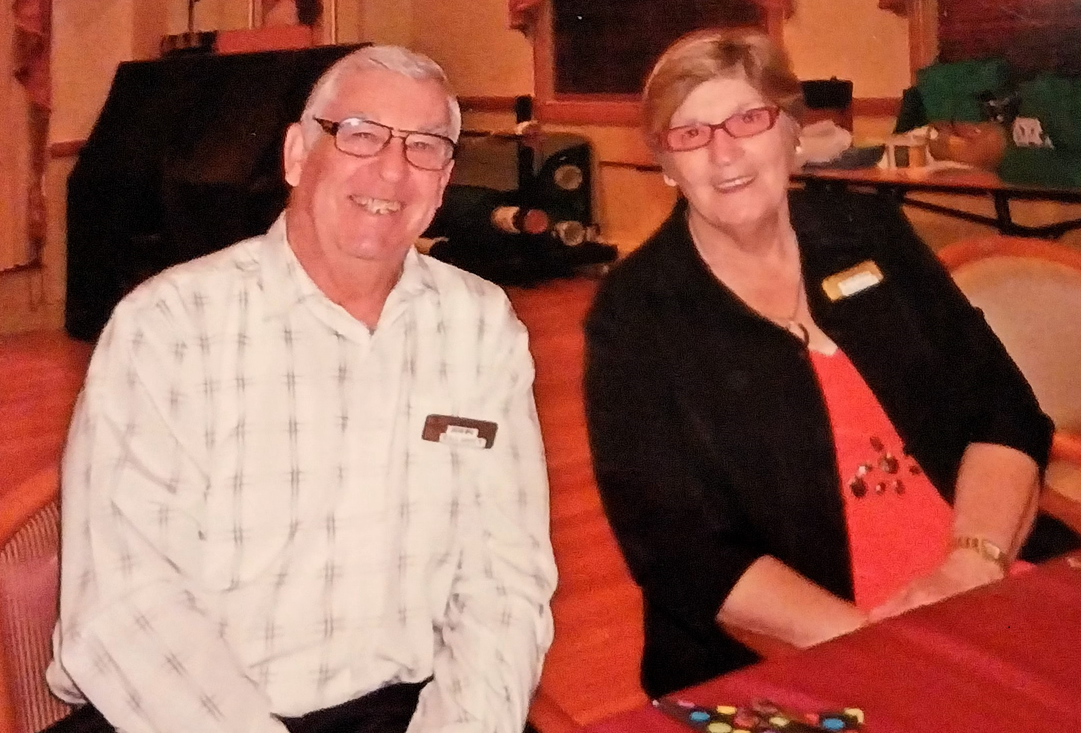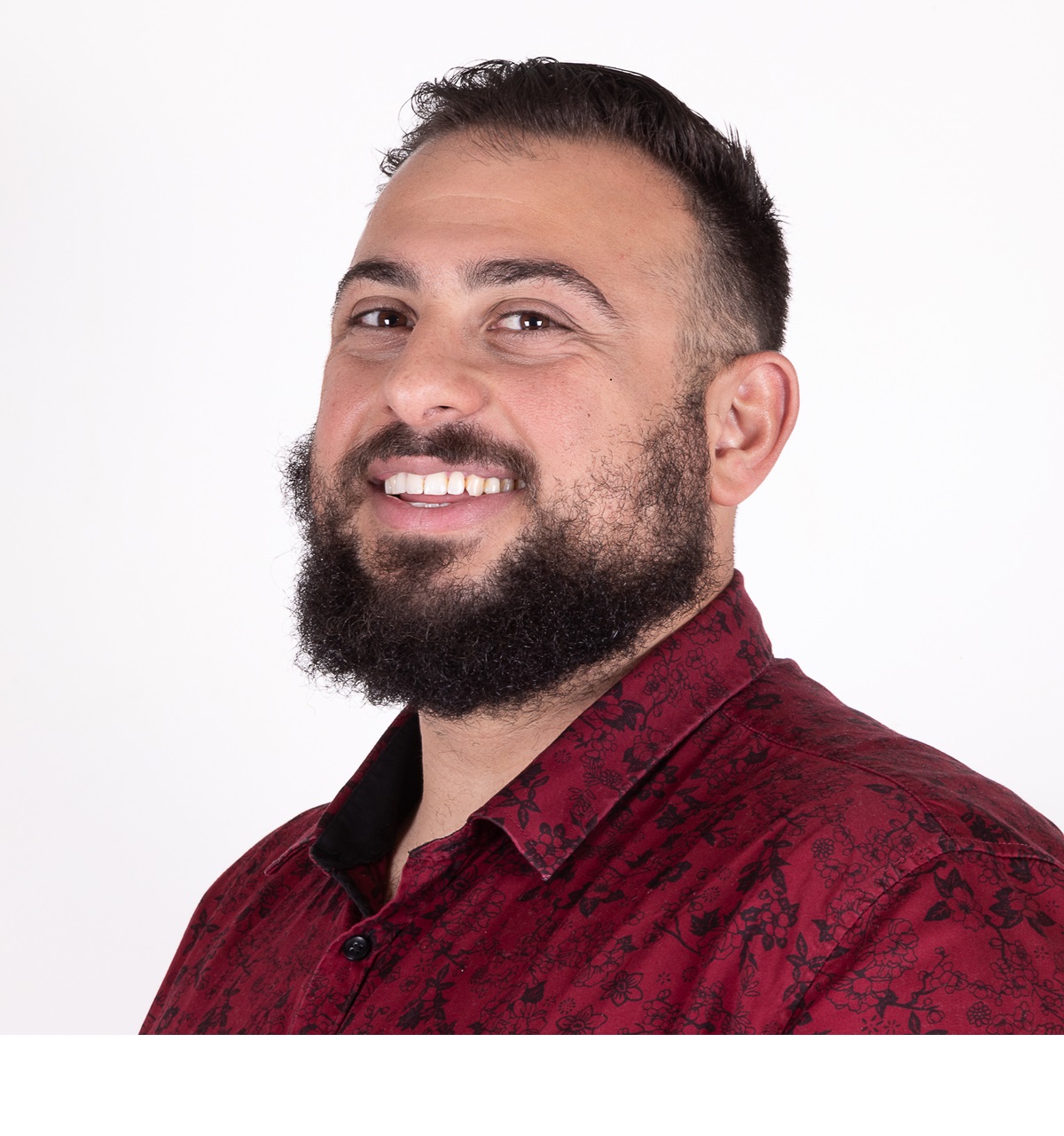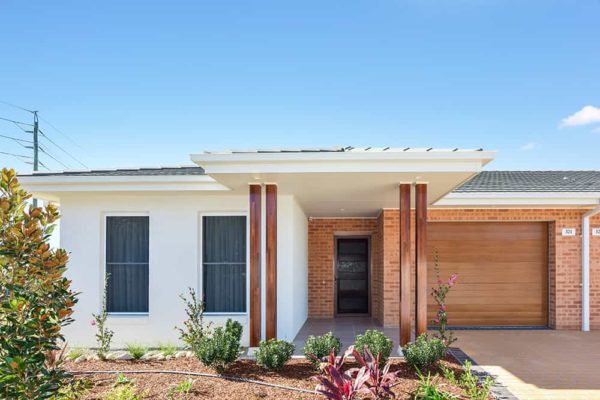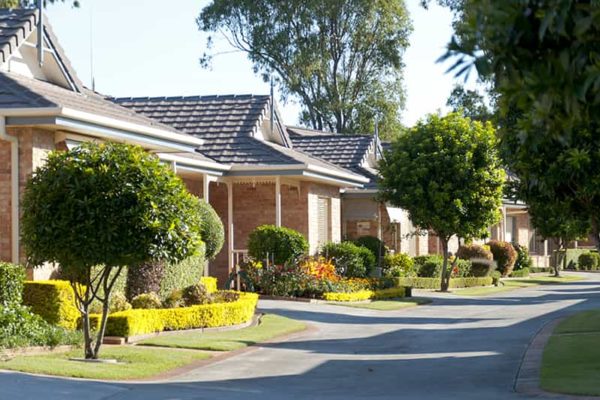Peter Goodrich’s adventurous life story starts with a bang. Literally.
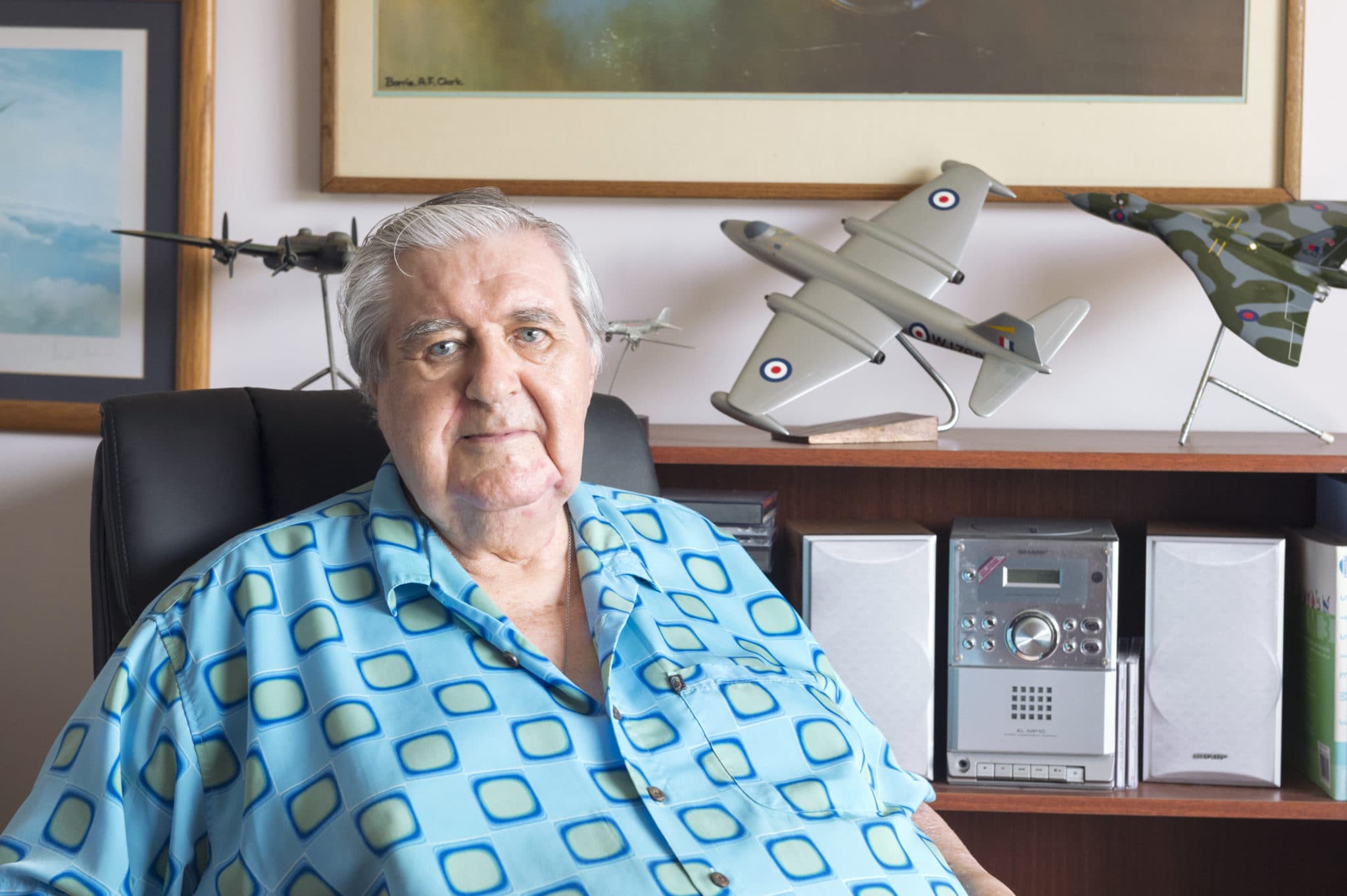
One of his first memories is of a German bomb flattening his childhood home in London, resulting in him spending 12 hours buried under rubble.
Undeterred, Peter was determined to live his life to the fullest, starting at 14 when he lied about his age to join the RAF.
He completed engineering training before switching to aircrew, flying Mosquito bombers between England, France, Germany, Malta, Cyprus, Egypt and Lebanon.
“I was always very pleased to get to Malta because we could have a can of cream with mandarins, which was such a treat!”
When he wasn’t flying, Peter was a part of the RAF’s 140-member bagpipe band, attending tournaments all over the UK, and remembers one encounter with pride.
“One time at a tattoo, I was taken up to the royal box and I met Princess Elizabeth, now Queen Elizabeth.”
In 1953 he was sent to South Vietnam as an assistant air attaché to the French, who were forced from their former colony following defeat at the Battle of Dien Bien Phu in 1954.
“In Saigon we would have mortar fire and gun attacks by the local guerillas that operated there, and after the French’s defeat in 1954, they pulled out and left it wide open.
“My position in the diplomatic service at the British Embassy allowed me into the Vietnamese palace and meet all the presidents and politicians, and that in itself was quite an experience.”
A large amount of French military hardware was left behind, and Peter became involved in training members of the fledgling South Vietnam Air Force.
“I had about 15 people and was trying to make an air force out of people who didn’t want to be there, and then the Americans started sending pilots over.
“That was the beginning of their interest in Vietnam.”
During his three years in Southeast Asia, Peter also learned to hunt big game in the dense Cambodian jungle, taking on two tiger cubs as pets until they got too big to control and were released.
“After about six months I took them into the city and scared the hell out of everybody, and was asked by the mayor of Saigon not to do that again!”
Upon leaving the air force in 1956, he realised there was money to be made in the booming, post-war United States, and enjoyed seven successful years in the metals business in San Francisco.
He also mixed with some of the Hollywood stars of the day, becoming friends with county and western singer Tennessee Ernie Ford, among others.
“One day he asked me to a party and introduced me to the host, and I found myself shaking hands with Bing Crosby,” he said.
“I also met Andy Williams and got quite friendly with him.”
After leaving the States, he decided to take a holiday in Tahiti to think about his next move.
By chance he met an American couple on an outlying island, who asked him to help run a hotel which was hugely popular with ex-pats and tourists.
Soon after he opened up an office of General Motors, selling 200 American cars in Tahiti in one year, using the French he had learned in Vietnam to bargain with locals.
His next move involved opening the first supermarket in Tahiti, importing five tons of produce from Los Angeles every week by air.
“I used to bring in the sort of stuff Tahitians couldn’t get – artichokes, asparagus, grapes, and all the sort of things you couldn’t grow in the tropical islands.”
The supermarket became successful, but it was Peter’s next move that he has the fondest memories of.
In 1976 he was approached by the Tahitian government to help set up an international-class tourist attraction – the world’s largest underwater observatory.
Situated in a lagoon ten miles outside the capital Pape-ete, the attraction drew tourists from all over the world.
“In one tank we had large coral heads and about 100,000 tropical fish,” he said.
“The next tank had 27 sharks.
“A fisherman and I caught them at the dock, put them into a tank half-filled with water on the back of a truck, and drove hell-for-leather 40 miles back to the pool – this we did 27 times!”
A third tank with dolphins and a fourth with Maori wrasse, potato cod and gropers completed the attraction.
“We thought the way to catch a dolphin was to get to the front of a yacht with a net, and wait for the dolphins to come to the bow, but we had no luck whatsoever,” he said.
“My Tahitian gardener suggested we come down to the beach on Saturday at dusk, and there were canoes with two men in each, loaded with nets, who blocked the entrance to the lagoon so the dolphins couldn’t escape.
“Then we banged stones underwater, which made the dolphins swim towards the beach, and we brought the canoes along and just picked up 30 dolphins.
“That was quite an experience.”
In addition to the observatory, a 400-seat deluxe restaurant became a talking point all over the region.
Western tourists were the main source of income, but some of Peter’s best memories are of the Tahitian-only buffets held every Sunday.
“I would have a dance troupe and Tahitian band on a raft floating in the restaurant, and we would have 1,200-1,500 locals eating.”
After returning to the States in 1982 set up a number of video store franchises across the South, before acquiring companies making aquariums and importing reef fish.
In 1997, Peter finally decided his adventurous days were over.
He caught the next plane to Australia, bought a car in Sydney, and spent three months driving north to Cooktown.
He was about to buy a lot in Cooktown before finding out it was infested with taipan snakes, so he returned south and moved into Carlyle Gardens.
After a lifetime of adventures Peter is able to look back without regret, knowing that his love of trying new things and risk-taking have led to many fantastic experiences.
“I’m glad I always took chances,” he said.
“You have to take on new challenges and just go for it.”
For more information about Carlyle Gardens, click here.
